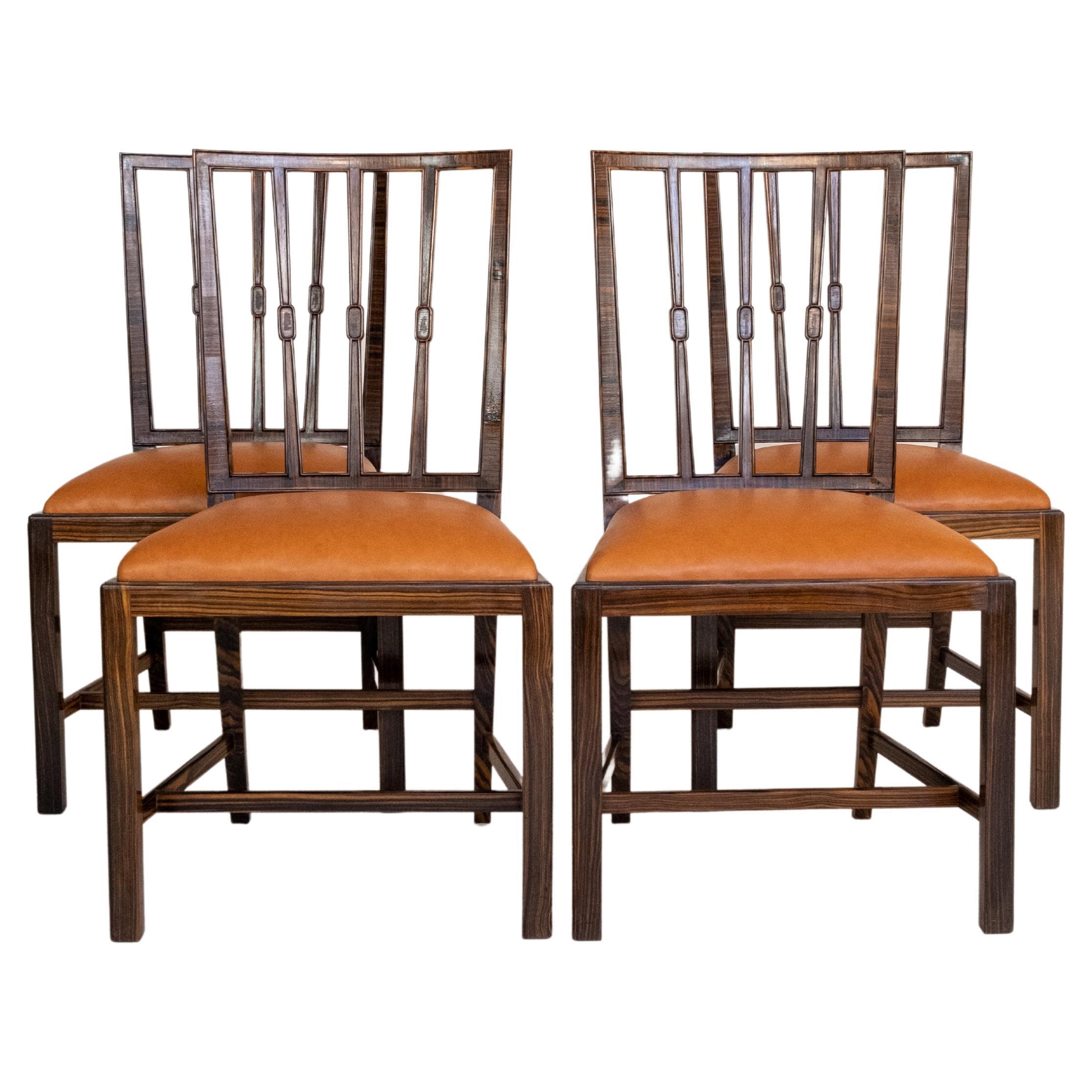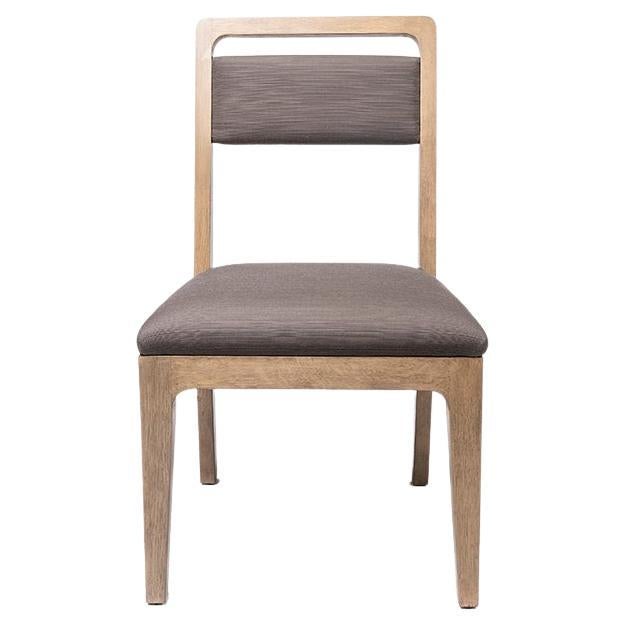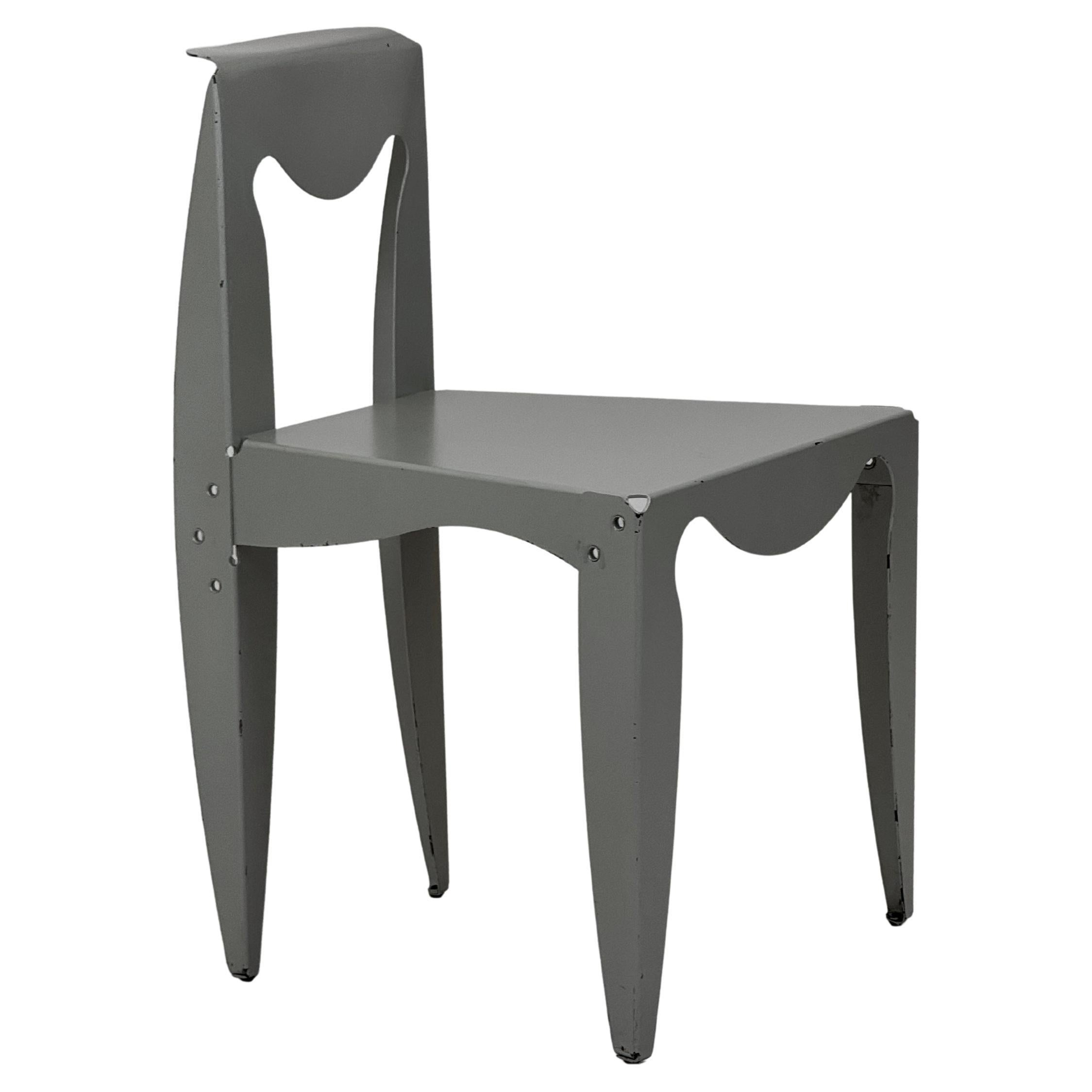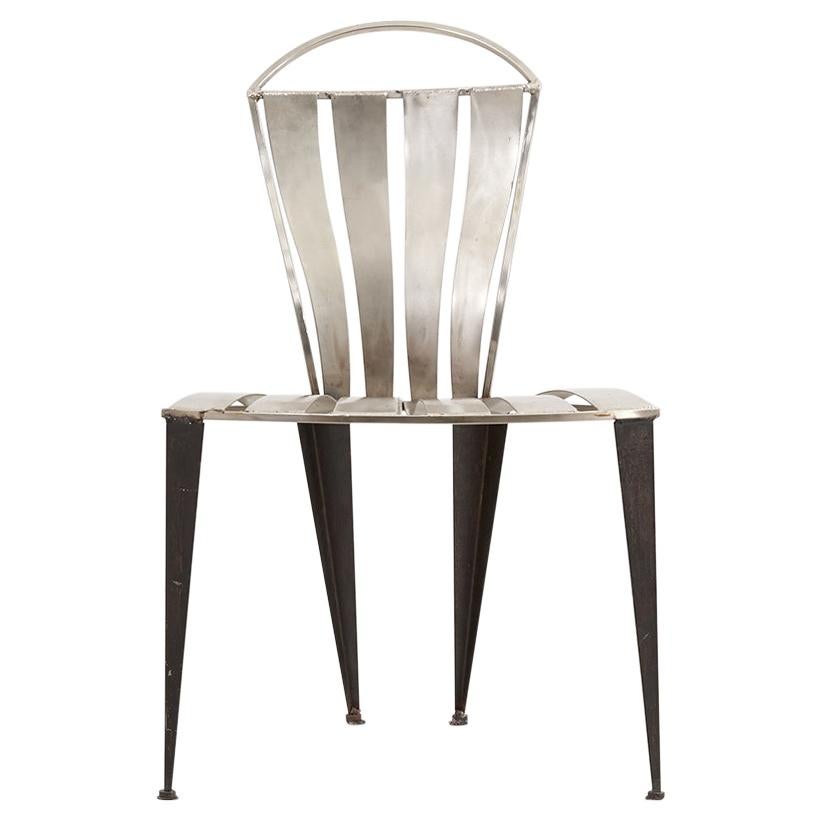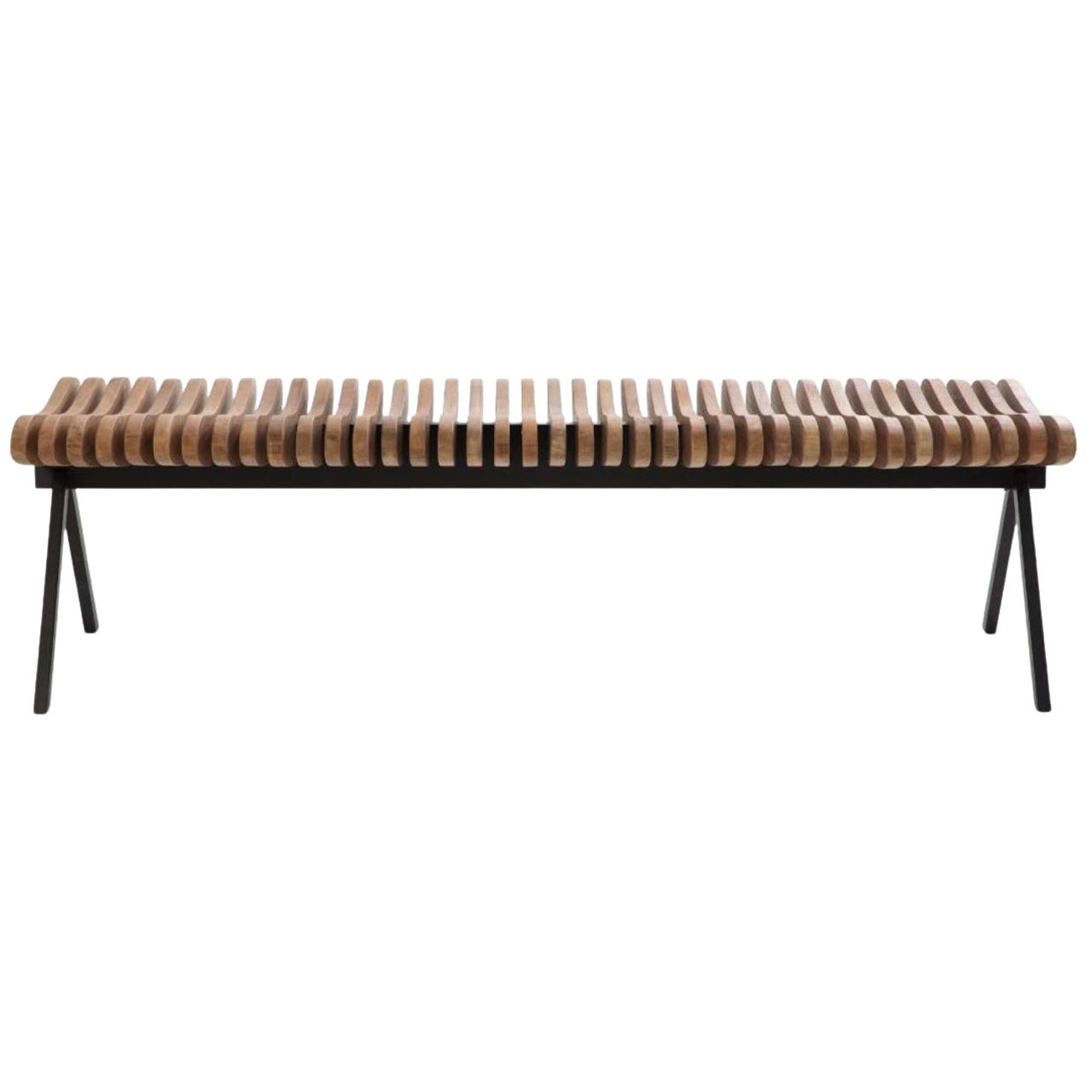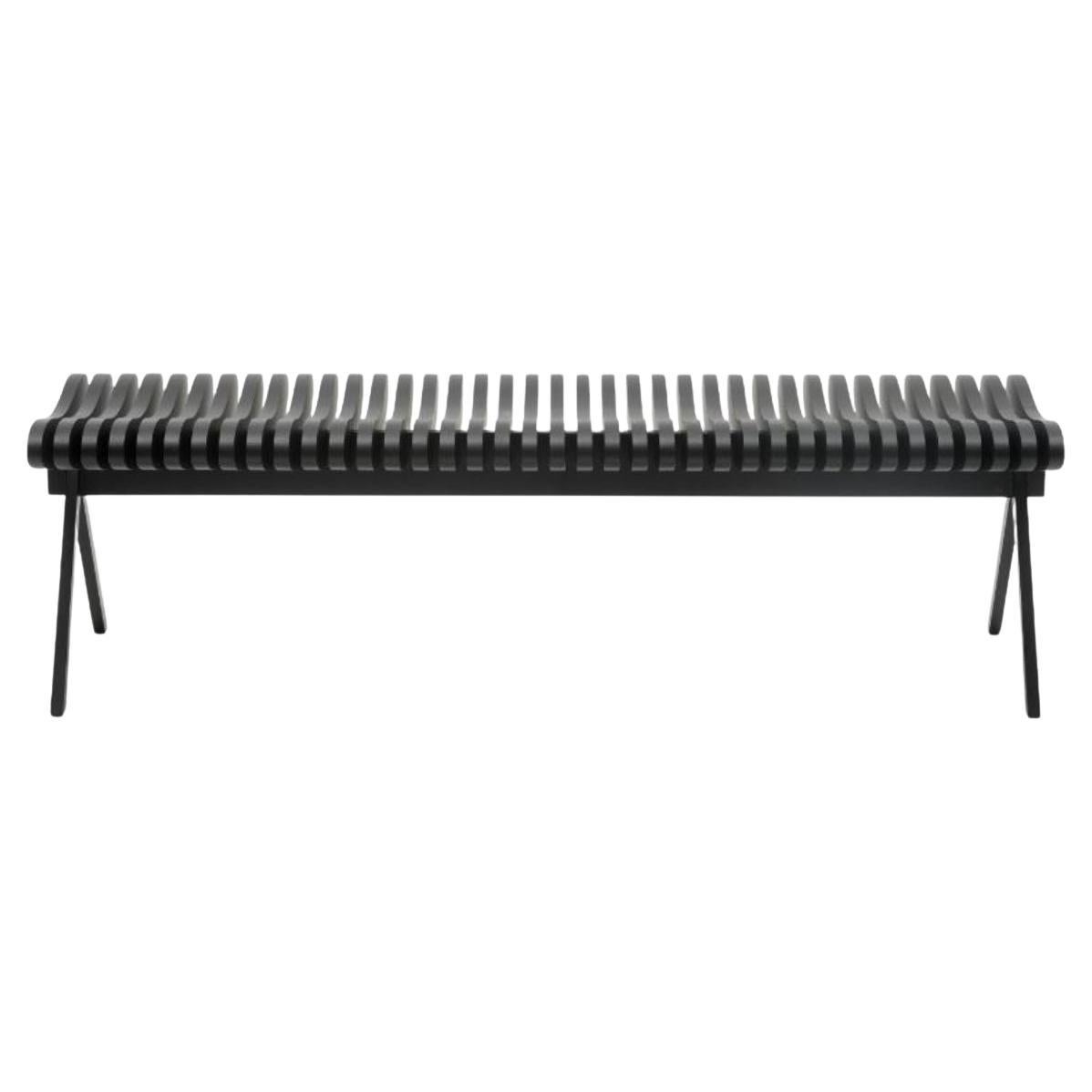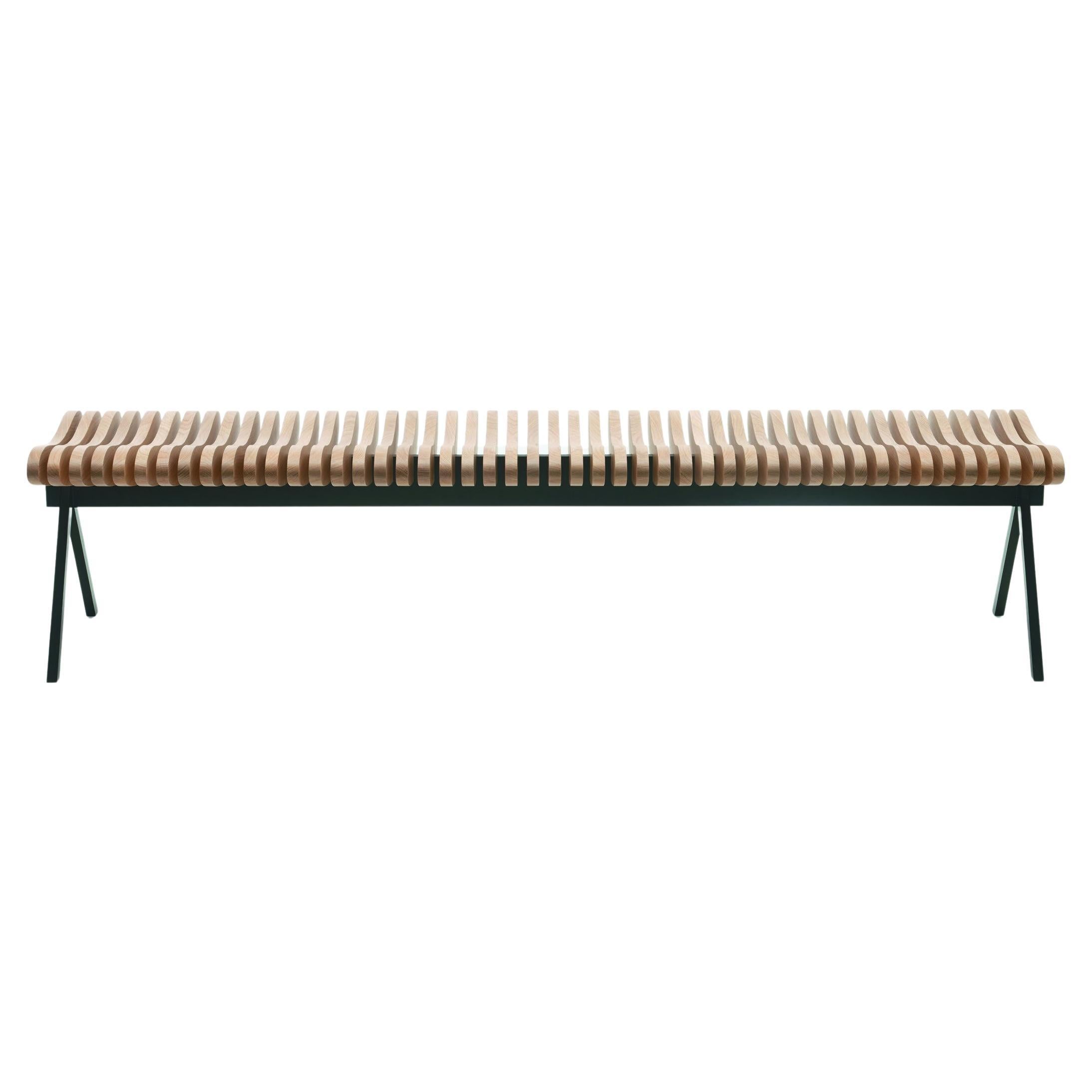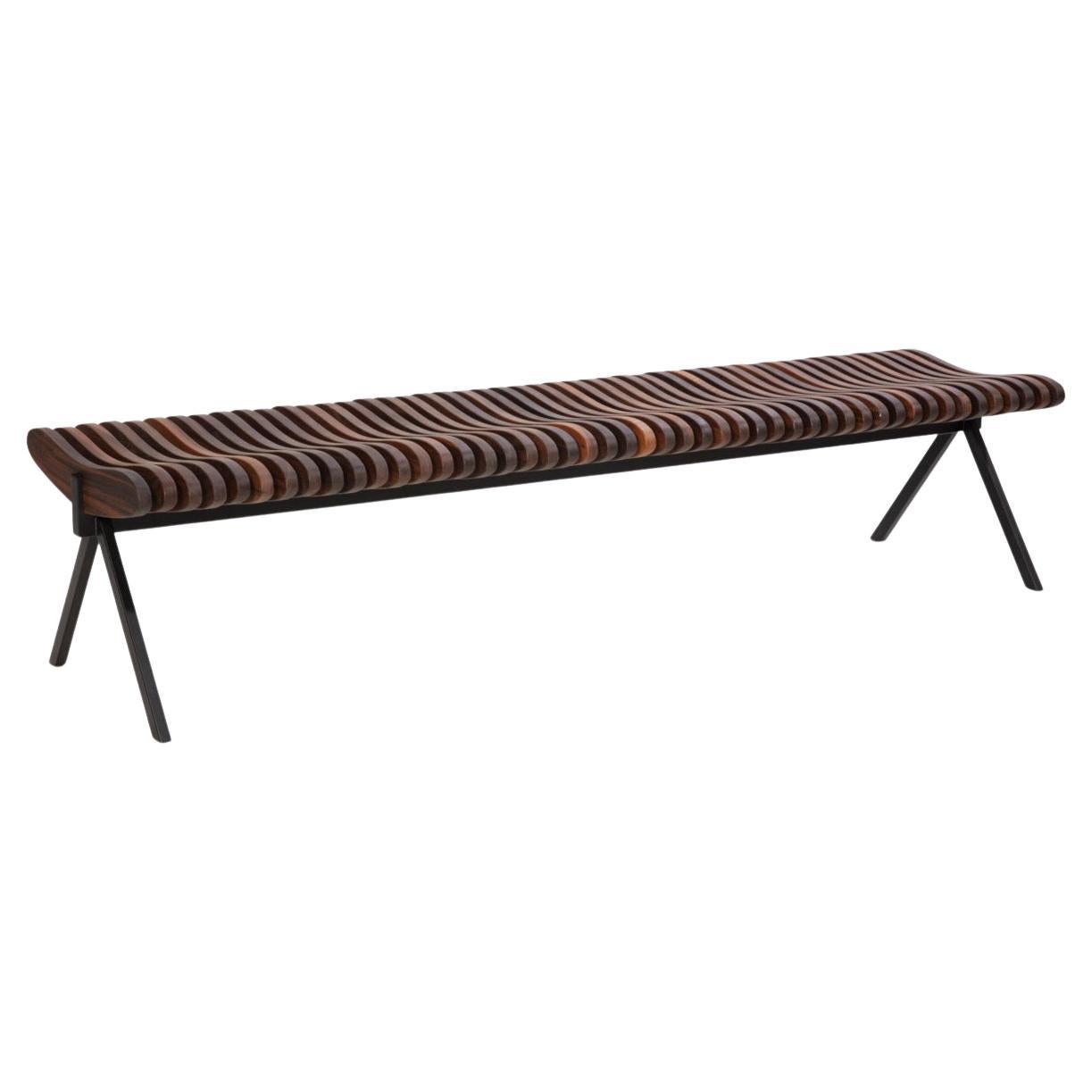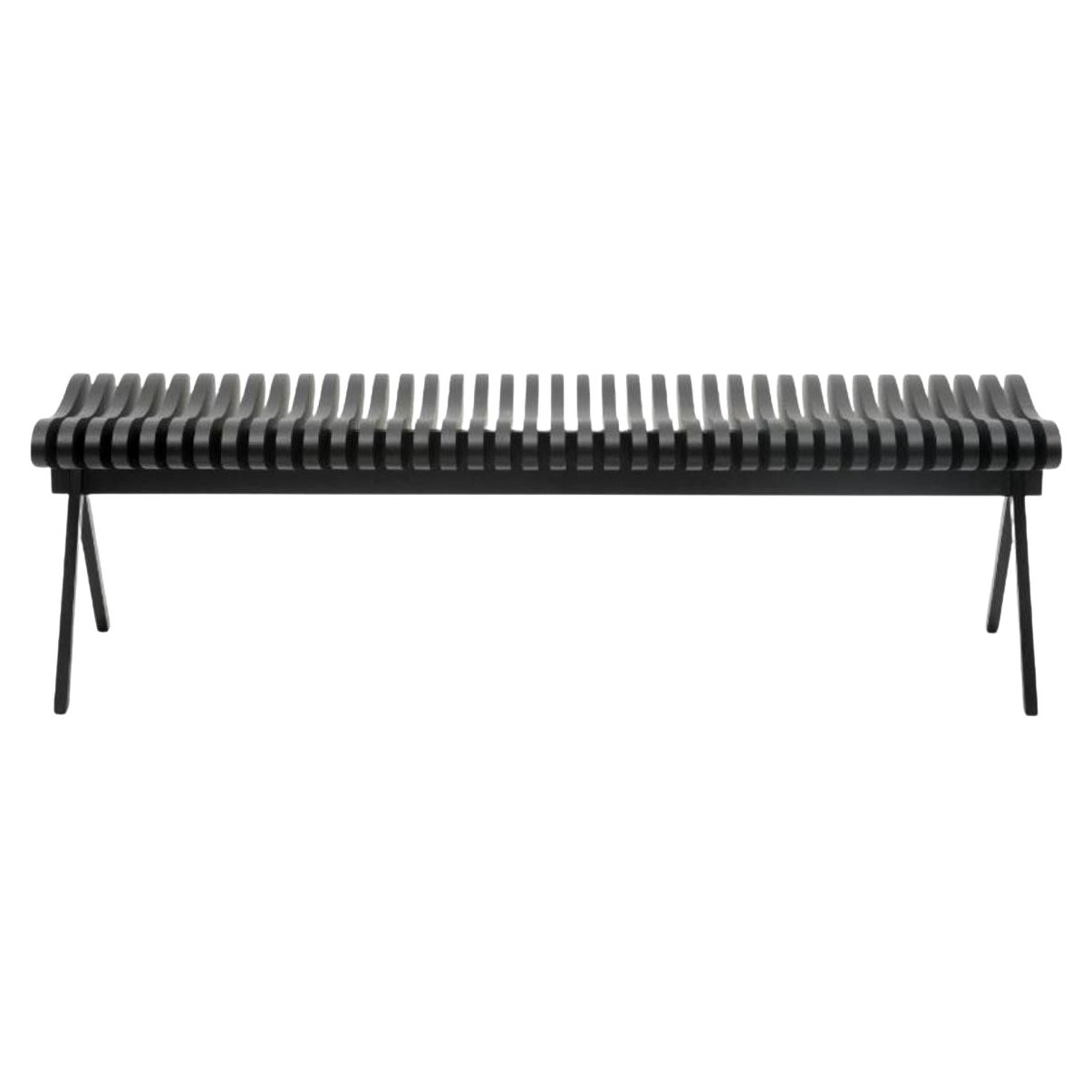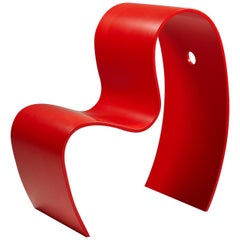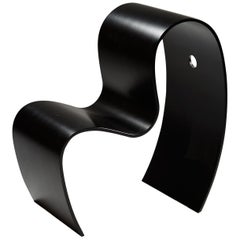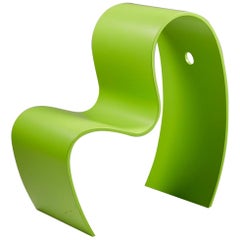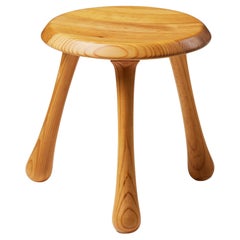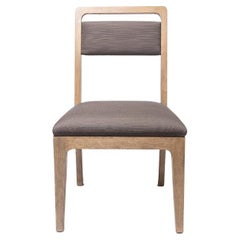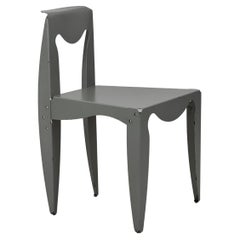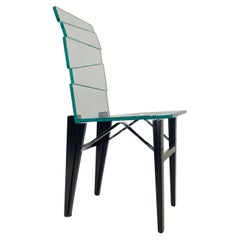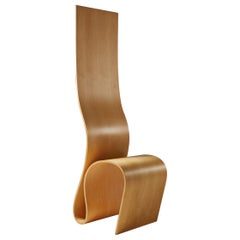
Chair, Lilla H. Designed by Caroline Schlyter, Sweden, 1989
View Similar Items
Want more images or videos?
Request additional images or videos from the seller
1 of 13
Chair, Lilla H. Designed by Caroline Schlyter, Sweden, 1989
About the Item
- Dimensions:Height: 59.06 in (150 cm)Width: 15.75 in (40 cm)Depth: 19.69 in (50 cm)Seat Height: 16.54 in (42 cm)
- Style:Mid-Century Modern (Of the Period)
- Materials and Techniques:
- Place of Origin:
- Period:1980-1989
- Date of Manufacture:1989
- Condition:
- Seller Location:Stockholm, SE
- Reference Number:1stDibs: LU1006623281812
About the Seller
5.0
Recognized Seller
These prestigious sellers are industry leaders and represent the highest echelon for item quality and design.
Established in 1998
1stDibs seller since 2013
197 sales on 1stDibs
Typical response time: 8 hours
Authenticity Guarantee
In the unlikely event there’s an issue with an item’s authenticity, contact us within 1 year for a full refund. DetailsMoney-Back Guarantee
If your item is not as described, is damaged in transit, or does not arrive, contact us within 7 days for a full refund. Details24-Hour Cancellation
You have a 24-hour grace period in which to reconsider your purchase, with no questions asked.Vetted Professional Sellers
Our world-class sellers must adhere to strict standards for service and quality, maintaining the integrity of our listings.Price-Match Guarantee
If you find that a seller listed the same item for a lower price elsewhere, we’ll match it.Trusted Global Delivery
Our best-in-class carrier network provides specialized shipping options worldwide, including custom delivery.More From This Seller
View AllChildren’s Chair, Lilla M. Designed by Caroline Schlyter, Sweden, 1990s
Located in Stockholm, SE
Children’s chair, Lilla M. Designed by Caroline Schlyter,
Sweden. 1990's.
Lacquered plywood.
Measurements:
Height 58.0 cm/ 22 13/16"
Width 30.0 cm...
Category
1990s Swedish Scandinavian Modern Children's Furniture
Materials
Plywood, Lacquer
Children’s Chair, Lilla M. Designed by Caroline Schlyter, Sweden, 1990s
Located in Stockholm, SE
Children’s chair, Lilla M. Designed by Caroline Schlyter,
Sweden. 1990's.
Lacquered plywood.
Measurements:
Height 58.0 cm/ 22 13/16"
Width 30.0 cm...
Category
1990s Swedish Scandinavian Modern Children's Furniture
Materials
Plywood, Lacquer
Children’s Chair, Lilla M. Designed by Caroline Schlyter, Sweden, 1990s
Located in Stockholm, SE
Children’s chair, Lilla M. Designed by Caroline Schlyter,
Sweden. 1990's.
Lacquered plywood.
Measurements:
Height 58.0 cm/ 22 13/16"
Width 30.0 cm...
Category
1990s Swedish Scandinavian Modern Children's Furniture
Materials
Plywood, Lacquer
Stool Designed by Ingvar Kamprad for Habitat, Sweden, 2004
By Ingvar Kamprad
Located in Stockholm, SE
Stool designed by Ingvar Kamprad for Habitat,
Sweden. 2004.
Lacquered pine.
Stamped.
Measurements:
H: 36 cm / 1' 2"
Diameter: 32 cm / 1' 1/2".
Category
Mid-20th Century Swedish Mid-Century Modern Stools
Materials
Pine
Set of Six Chairs Designed by Josef Frank for Svensk Tenn, Model 725, Sweden
By Josef Frank, Svenskt Tenn
Located in Stockholm, SE
Set of six chairs designed by Josef Frank for Svensk Tenn, Model 725.
Sweden. 1938.
Mahogany and original leather.
Literature: Kristina Wängberg Eriksson, Jan Christer Eriksson, "Josef Frank Möbelformgivaren", Carlsson Bokförlag, Stockholm 2014, p. K 18
H: 90 cm
W: 58 cm
D: 63 cm
SH: 43 cm
Armrest height: 69 cm (at the highest point)
Josef Frank was a true European, he was also a pioneer of what would become classic 20th century Swedish design and the “Scandinavian Design Style”.
Austrian- born Frank started his design career as an architect after having trained at the Technische Hochschule in Vienna between 1903 and 1910. After his training he went on to teach at Kunstgewerbeschule (The Viennese School of Arts and crafts) where he developed and espoused the new school of modernist thinking towards Architecture and Design that was coming to fruition in Vienna at the time. He also went on to lead the Vienna Werkbund throughout the 1920s. This was a truly progressive group of Architects and Designers who set about improving the daily lives of Austrian people through modernist design and architecture in partnership with Arts and Crafts ideals and construction. Frank’s leadership of the Werkbund had already cemented his place at the forefront of European design.
Frank’s time in Vienna was typified by his design for the “Die Wohnung” exhibition of the Deutscher Werkbund in Stuttgart, 1927 where he exhibited along side his contemporaries at the forefront of design, such as the likes of Le Corbusier and Walter Gropius. Here he showed a specially designed pair of flat-roofed reinforced concrete houses in what is now seen as a typical modernist style.
What separated Frank’s house from the other 32 houses of the exhibition was the interior and furniture inside the building. It was described as “Neo-Classical” and filled with an eclectic mix of period pieces, modern design and pieces designed by Frank himself that seemed to cross the two worlds. This was a complete opposite direction to that which his fellow Architects were travelling in with their pared back and angular aesthetics. Frank said of his own work: “The house is not a work of art, simply a place where one lives,” and by this reasoning Frank rejected the regimental mechanisation of the living space that his contemporaries believed in, instead he set about creating congenial and spontaneous interiors. Frank’s practice saw him placing the bright colours and the soft forms of nature back into the furnishings and interiors that he thought modernism sorely mist.
Frank, along with Oskar Walch set up Haus und Garten in Vienna in 1925. This was Frank’s first commercial foray into furniture and home furnishings and the company went on to become the most influential furnishing house in Vienna with a riotous depth of colour and interesting shapes becoming the trademark of their design. However this success was to come to an end with rise of Nazism in Vienna in the early 1930’s. Frank was Jewish, and he and his wife Anna decided they would leave Vienna for her motherland: Sweden, in 1933. Frank continued to design for Haus and Garten, visiting Vienna occasionally and designing the pieces that would continue to be the company’s best...
Category
Vintage 1930s Swedish Scandinavian Modern Chairs
Materials
Leather, Mahogany
Armchair ‘Eva High’ Designed by Bruno Mathsson for Karl Mathsson, Sweden, 1960
By Bruno Mathsson
Located in Stockholm, SE
Armchair ‘Eva High’ designed by Bruno Mathsson for Karl Mathsson,
Sweden, 1960.
Birch framing, braided leather upholstery and a textile neck pillow.
Stampe...
Category
Mid-20th Century Swedish Mid-Century Modern Armchairs
Materials
Birch, Leather, Textile
You May Also Like
Set of Four Chairs by Lars W. Schlyter for Slöjdföreningens Skola
Located in Borås, SE
c. 1929
Leather upholstery, Macassar Ebony.
Designed by Lars W. Schlyter for Slöjdföreningens School in Gothenburg, Sweden for the Stockholm Exhibition 1930.
H 90 cm/35,4 in. x SH...
Category
Vintage 1920s Swedish Scandinavian Modern Chairs
Materials
Leather, Macassar
Caroline Chair
By Ashley Yeates
Located in Carmel, CA
Contemporary design with traditional flair, ideal for comfort with openness to compliment, not overshadow dining table for busy space. Completely customizable from wood species to CO...
Category
21st Century and Contemporary American Mid-Century Modern Chairs
Materials
Wood
$2,200 / item
Libertà chair designed by Afra & Tobia Scarpa for Meritalia, Italy 1989
By Meritalia, Afra & Tobia Scarpa
Located in Milano, IT
Libertà chair designed by Afra & Tobia Scarpa for Meritalia, Italy 1989
Manufactured by Meritalia in 1989, the "Libertà" chair showcases a minimalist and functional design. It's com...
Category
Vintage 1980s Italian Post-Modern Chairs
Materials
Aluminum
Luigi Serafini "Sed" Chair by Tonelli, 1989, Italy.
By Luigi Serafini
Located in Brussels, BE
Rare Luigi Serafini "Sed" chair by Tonelli, 1989, Italy.
Glass, black lacquered metal.
Dimensions: 90 cm H, 40 cm W, 47 cm D, seat height: 47 cm.
Original condition, only few example...
Category
Vintage 1980s Italian Mid-Century Modern Chairs
Materials
Metal
Prototype Steel Chair by Tom Dixon, 1989
By Tom Dixon
Located in Berlin, DE
Prototype steel chair by Tom Dixon, 1989.
Category
Vintage 1980s English Modern Chairs
Materials
Steel
Small Perlude Teak Bench by Caroline Voet
Located in Geneve, CH
Small Perlude teak bench by Caroline Voet
Dimensions: 50 x 120 x H 43 cm
Materials: Teak
Also available in oak natural, seating oak black, seating walnut natural.
The Perlude benche...
Category
2010s French Post-Modern Benches
Materials
Teak
Recently Viewed
View AllMore Ways To Browse
A H Davenport Chair
Alexandre Labruyere
Antique Choir Chairs
Antique Dental Chairs
Antique East Lake Chair
Antique High Back Parlor Chair
Antique Sweetheart Chairs
Anton Lorenz Chairs For Thonet Model Ss33
Arca Folding Chairs
Argyle Chair By Charles Rennie
Arrben Canasta
Arrben Folding Chair
Artek Domus Chair
Aster Chair
Atelier Oi Louis Vuitton
Ava Bridge
Baughman Directors Chair
Beatrice Chair
